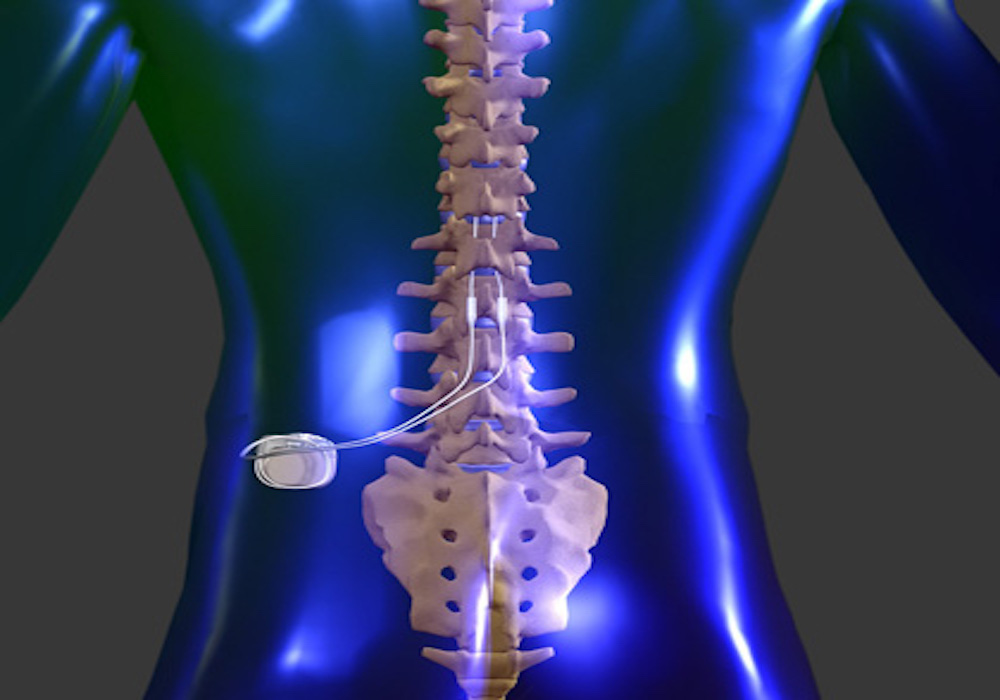Living with chronic pain can be debilitating, affecting every aspect of your life. For those who have not found relief through conventional treatments, spinal cord stimulation (SCS) offers a promising alternative. If you’re considering this procedure, understanding what to expect can help alleviate anxiety and prepare you for the journey ahead. This patient’s guide, provided by our team of experts, will walk you through the entire process of spinal cord stimulation.
Understanding Spinal Cord Stimulation
Spinal cord stimulation involves implanting a device that delivers electrical impulses to the spinal cord. These impulses interfere with the pain signals before they reach the brain, effectively reducing or masking the pain sensation. It’s commonly used for conditions such as:
- Chronic back pain
- Failed back surgery syndrome
- Complex regional pain syndrome (CRPS)
- Peripheral neuropathy
The Spinal Cord Stimulation Procedure: Step-by-Step
1. Initial Consultation
Your journey begins with an initial consultation with a pain specialist. During this visit, your medical history will be reviewed, and a physical examination will be conducted to determine if you’re a candidate for SCS. You’ll discuss your pain levels, previous treatments, and the potential benefits and risks of the procedure.
2. Psychological Evaluation
A psychological evaluation is often required to ensure that you’re mentally prepared for the procedure and to rule out any psychological conditions that could affect the outcome.
3. Trial Phase
Before a permanent device is implanted, a trial phase is conducted to test the effectiveness of spinal cord stimulation for your specific pain. This involves:
- Temporary Leads Placement: Under local anesthesia, temporary leads (thin wires) are placed in the epidural space of your spine.
- Device Testing: A temporary external stimulator is used to deliver electrical impulses to the leads. You’ll use this device for a few days to a week.
- Pain Assessment: During the trial, you’ll monitor your pain levels and overall comfort to determine if the SCS provides adequate relief.
4. Permanent Implantation
If the trial is successful, you’ll proceed to the permanent implantation. This involves:
- Pre-Operative Preparation: You’ll receive instructions on how to prepare for the surgery, including fasting and medication adjustments.
- Surgical Procedure: The surgery is typically performed under local anesthesia with sedation or general anesthesia. Permanent leads are implanted in the epidural space, and a small incision is made to place the stimulator device under the skin, usually in the buttock or abdomen.
- Device Programming: The stimulator is programmed to deliver the optimal level of electrical impulses. You’ll receive instructions on how to use the device’s remote control to adjust the settings.
5. Recovery and Follow-Up
After the procedure, you’ll have follow-up appointments to monitor your progress and make any necessary adjustments to the device settings. Recovery typically involves:
- Immediate Post-Op Care: Rest and limited activity to allow for healing. You may experience some discomfort at the incision sites.
- Gradual Return to Activities: Over time, you’ll gradually resume normal activities, following your doctor’s guidelines.
- Ongoing Management: Regular follow-ups with your pain specialist to ensure optimal device performance and address any concerns.
FAQ: Spinal Cord Stimulation
Q: How long does the trial phase last?
A: The trial phase typically lasts 5 to 7 days, allowing sufficient time to assess the effectiveness of the stimulation in managing your pain.
Q: Is the procedure painful?
A: The procedure involves some discomfort, especially during the initial recovery period. However, most patients find the pain manageable with prescribed medications.
Q: How long does the battery last in the implanted device?
A: The battery life varies depending on the device type and usage. Rechargeable batteries can last 5 to 10 years, while non-rechargeable ones may last up to 7 years.
Q: Can I undergo MRI scans with an implanted SCS device?
A: Some newer SCS devices are MRI-compatible. It’s important to discuss this with your doctor and inform any medical personnel about your device before undergoing an MRI.
Q: What are the risks associated with spinal cord stimulation?
A: As with any surgical procedure, there are risks, including infection, bleeding, nerve damage, and device complications. However, these risks are relatively low, and your doctor will take steps to minimize them.
Q: Will the device be noticeable under my skin?
A: The stimulator device is typically small and discreet, and most patients do not find it noticeable under the skin.
Q: Can I adjust the stimulation settings myself?
A: Yes, you’ll be provided with a remote control to adjust the stimulation settings based on your pain levels and comfort.
Know more details visit here: NEURO SCIENCES CENTERS.

